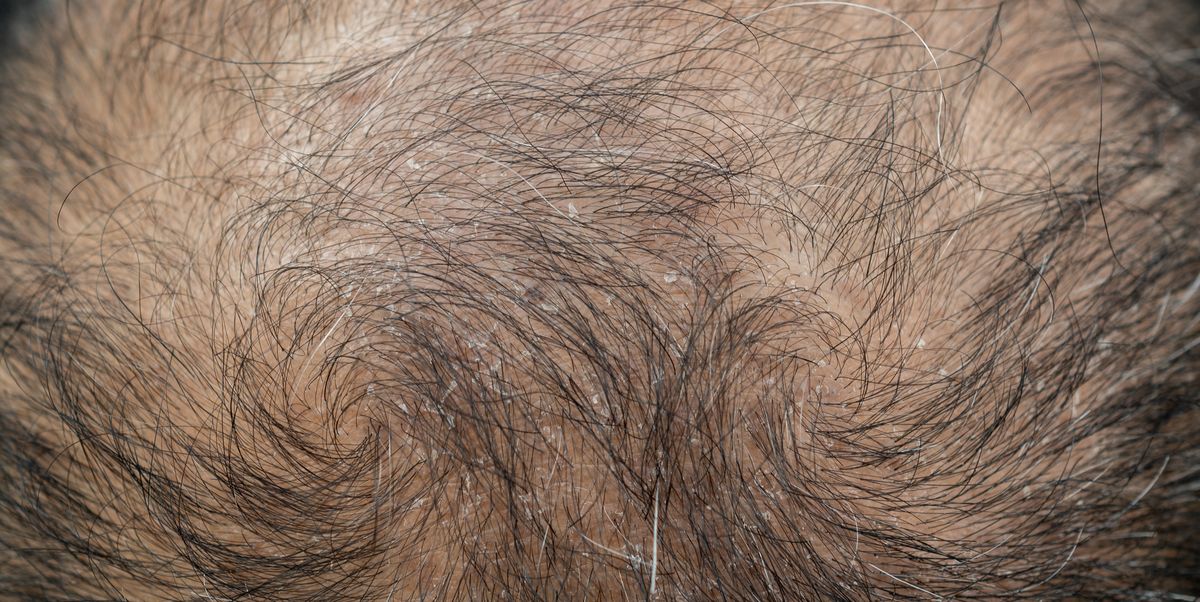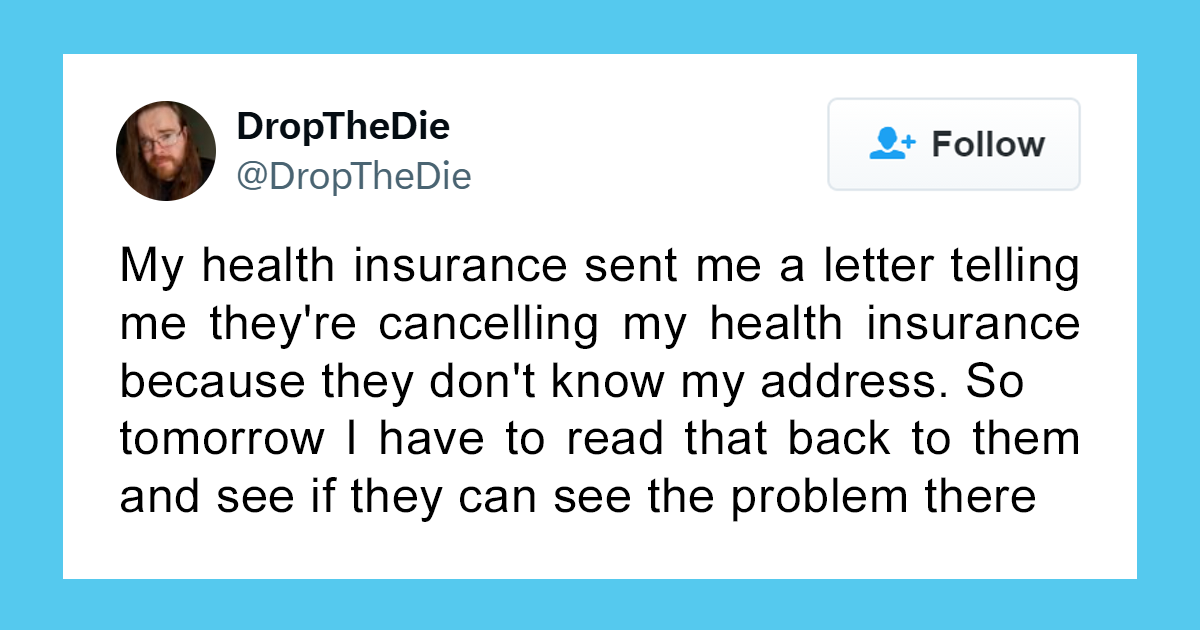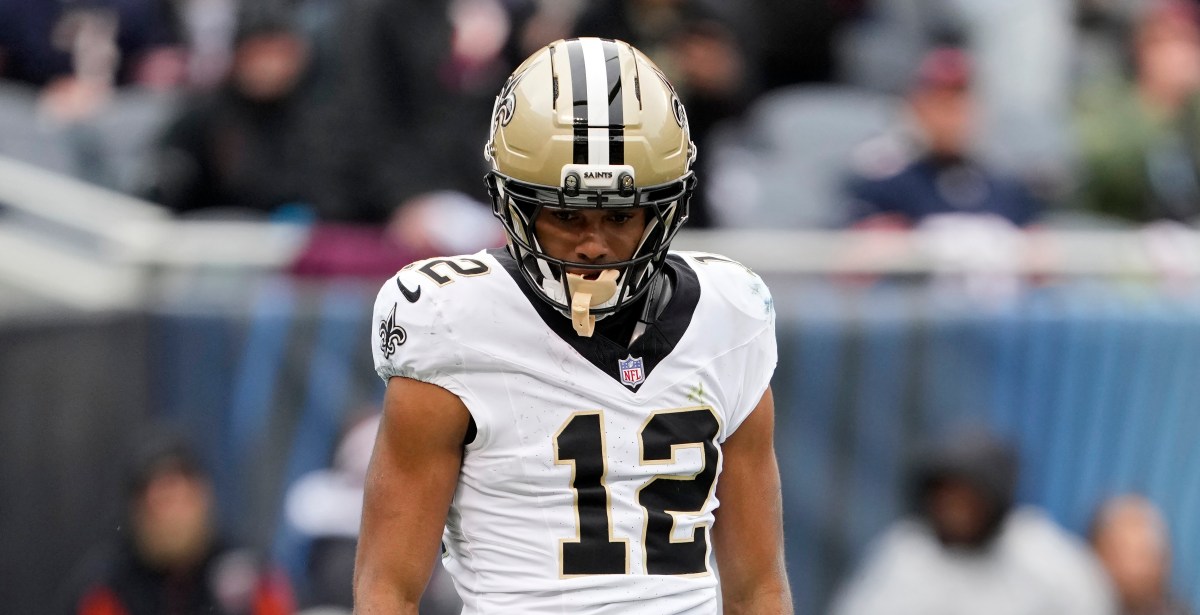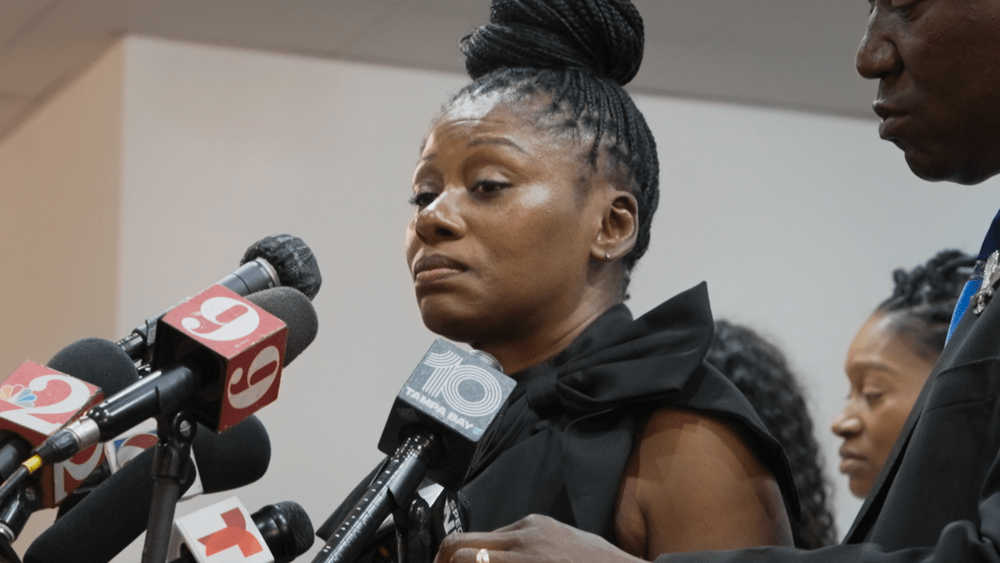It always hurts when you come to the realization it’s not going to be your year in the NFL. A once-promising season turns to weeks of disappointment, and Sunday afternoons once planned around football become open calendars once more. Only having the draft to look forward to in November really sucks, but it hurts so much more to know your team is in a hole that’s going to take some time to dig out of.
Right now we have three teams in the NFL who are all .500 or worse, trending downwards, and all facing significant salary cap problems in the future. For these teams the pain is just beginning. Today we dive into the three situations from best to worst, and see if what options these organizations have in the future.
2026 commitments: 43 players under contract, $25.2M over the cap
The core issue for the Vikings right now is that the front office refused to take some lumps and let this team rebuild organically. There was a window where Minnesota needed to move away from Kirk Cousins, use that as the catalyst to move on from some veterans, and turn over a new leaf with J.J. McCarthy. That didn’t happen.
Time will tell whether or not McCarthy is a bust. He’s not really the problem towards building for the future, neither are this team’s two highest-paid players in Justin Jefferson and Christian Darrisaw. Both are Top 5 players at their position, and cornerstones you can build around.
The issue is that next tier of players that Minnesota felt they had to hang onto or bring in to patch holes to compete. Now they’re stuck with some horrible contracts moving forward. The five biggest offenders in this category are:
- Jonathan Allen ($21M cap hit, $17M in dead cap): The Vikings signed Allen in free agency because they had a need on their defensive line, but they spent far too much on him. He’s been terrible this season by almost every metric, ranking 147th in the NFL in defensive line grade from Pro Football Focus, and struggling at everything except generating inconsistent pressure up the middle.
- Javon Hargrave ($21.4M cap hit, $10.5M in dead cap): Going all-in on not one, but two older defensive linemen has been a choice. As a result Allen and Hargrave have both been mediocre this season, particularly in stopping the run where Minnesota ranks in the 20s in both yards allowed, and touchdowns allowed on the ground.
- Jonathan Greenard ($22.3M cap hit, $9.9M in dead cap): This hurts, because I really like Jonathan Greenard — he’s simply not worth this kind of money. The Vikings EDGE is the 7th highest-paid pass rusher in the NFL, and generating an impact equivalent to a mid-tier player. If you’re noticing a theme here, it’s because there is one. When you have numerous overpaid defensive front players who are all underperforming then you have an issue.
- T.J. Hockenson ($21.3M cap hit, $12.4M dead cap): I understand the logic behind extending Hockenson. The idea was that McCarthy was going to need a reliable tight end to get acclimated to the NFL. The problem is that the Vikings went way overboard in paying him, then restructuring his contract to make him the 2nd highest-paid tight end in football, for more mediocre impact.
- Aaron Jones ($14.8M cap hit, $6.8M dead cap): Nobody could have predicted Jones to go down to injury, but he wasn’t running the ball well before that either. Even if Jones returns soon the team might be better off continuing to start Jordan Mason.
It starts with the need to pull the BandAid off. The worst thing the Vikings could do would be to restructure a ton of contracts, kick the can down the road, and model their financials off the New Orleans Saints. There is going to be some real pain, but this is what happens when you gamble on a lot of players who don’t pan out.
The easiest path is to make the obvious cuts on their roster, which represent the biggest gap between 2026 cap hit and dead money.
- Jonathan Greenard: $12.4M in savings
- Javon Hargrave: $11M in savings
- T.J. Hockenson: $8.9M in savings
- Aaron Jones: $8M in savings
This would give the Vikings $15.1M in salary cap space, and 39 players on the roster. From here I’d like to see the team restructure Brian O’Neill. He’s not a top-tier OT, but he’s good enough that replacing him will be too difficult. Carrying a $23.2M cap figure into this season is untenable, making him a prime candidate for a rework.
Ideally you want to see the Vikings have about $25M in cap space. That would allow them to backfill the roster with an entire rookie class, and hopefully find a few budget pieces in free agency at the positions of need.
Still, this is a bad spot to be in. The only thing that could save the team at this point is if McCarthy returns and plays lights out, because this is shaping up to be a very one dimensional team that will live or die by its passing offense.
2026 commitments: 35 players under contract, $157,000 under the cap
The next tier down we hit the 1-6 Dolphins which are an unmitigated disaster. A team that began the season in a tenuous position has completely collapsed. Tyreek Hill’s injury was a catalyst for revealing the myriad problems on this team, and it’s almost assured that head coach Mike McDaniel will be gone.
Miami has a colossal problem, and nothing they can do about it. Tua Tagovailoa was signed to a massive extension in 2024, and it contained so much dead money there is nothing the team can do about it. In terms of return on investment Tua might be the worst quarterback contract in the NFL next to Deshaun Watson.
There is going to be a lot of pain this offseason for Miami. The team is going to have to strip the team back to its foundation, while finding a way to sign 18 players with no cap space to pay with. They have massive commitments to a lot of veterans, and the starting point is to shed some of these bad deals. These include:
- Tyreek Hill ($51.8M cap hit, $28.2M in dead cap): Hill is the perfect candidate for a post-June 1 cut considering his cap figure is so overblown compared to his dead cap number. Even still, $28M in a dead cap hit is too much for the Dolphins to sustain — which will necessitate splitting it up. We don’t know how much Hill has left in the tank, but even if he’s at his best, this would be a luxury for a team that will need to pull in the purse strings.
- Bradley Chubb ($31.2M cap hit, $23.9M in dead cap): Bradley Chubb was supposed to be the defensive centerpiece needed to take the offense-heavy Dolphins deep in the postseason, and that never panned out. Miami kicked this contract down the road a year ago to gain cap flexibility, but it’s time to pay the piper.
The good part about the Dolphins’ cap mess is that so much of their money is tied to two players, one of whom is prime to be designated as a June 1 cut. Here are the key cuts to make:
- Tyreek Hill, designated as a June 1 release: $37.7M in savings
- Bradley Chubb: $7.3M in savings
There is the option for the Dolphins to also designate Chubb as a June 1 release, but I’d rather see them start to correct the cap sooner than kick more money down the road. These two released would open $45M
This is going to be a full tear down and rebuild — but the rebuild is going to take a while unless Tagovailoa can get back to form. If his 2025 season is the new normal then Miami is locked into a horrific QB salary they won’t reasonably be able to get out from under until 2027. That’s before we factor in the need for the Dolphins to draft well and really hit on every pick, because they have to rebuild the back end of this roster too.
2026 commitments: 43 players under contract, $18.4M over the cap
Well, here we are. Writers have been pointing out that the Saints were headed for a cap reckoning, for years and it’s arrived. This organization is a cautionary tale in how not to run football operations in the NFL.
Since Drew Brees retired after the 2020 season the Saints have been clinging to this idea that they can still compete, rather than try to actually rebuild this football team. As a result New Orleans has gone 31-44, steadily declining each year, while the front office just kept kicking the can down the road and worrying about their bloated roster in the future.
You might look at this team and say “They have the same amount of players signed as the Vikings, and more cap space — so why is it that bad?” The key difference is New Orleans has no outs on its roster. Almost every one of its players have higher dead money figures that their cap hits, making cutting them tricky — and they have almost $40M in void years for Cameron Jordan, Demario Davis, and Taysom Hill on the books.
The worst offending contracts the Saints have right now are:
- Carl Granderson ($18.06M cap hit, $18.5M dead cap): A huge beneficiary of the Saints’ flawed book keeping, Granderson has had his deal re-worked twice in the last two years and that’s led to making a ludicrous sum of money next year. Granderson is a low-tier defensive lineman at this point, and hes’s being paid like a superstar.
- Juwan Johnson ($13.1M cap hit, $22.5 dead cap): There isn’t much the Saints can do here. Johnson is an okay tight end who would start on a lot of teams, but he’s poised to be the 8th highest paid TE in the NFL, at a position known for being an easy translate from college football. New Orleans should have looked to the draft to fill this void, but instead they made the mistake of going the veteran route again.
- Justin Reid ($11.5M cap hit, $18.4M dead money): Justin Reid is just bad at this point in his career. He’s lost a step and doesn’t make a real impact on the game anymore. Again though, not much you can go with this deal when the dead money is so high.
New Orleans is in such a deep hole with their veteran salaries that the only option is to leverage some June 1 cuts, push the money out one more year, and begin to work on making this team competitive financially. One potential option would hurt, but it would be to trade Chris Olave away. Draft picks on cheap salaries could help fix this mess, but losing Olave also hamstrings a new QB before they take over the team. Unfortunately that’s the reality the Saints have put themselves in with this irresponsible cap management.
- Carl Granderson, designated as a June 1 release: $9.25M in savings
- Brandon Cooks, designated as a June 1 release: $5.59M in savings
- Trade Chris Olave: $15.5M in savings
From here the team is going to need to restructure more deals. You can’t just turn off the faucet on this situation, but instead need to tape it off. Erik McCoy and Cesar Ruiz represent the best options here, and hopefully that could get New Orleans to about $20M under the cap. A full draft class and some cheap pickups to round out the roster would not make this a good team, but it would at least give them flexibility in the future.
First Appeared on
Source link












